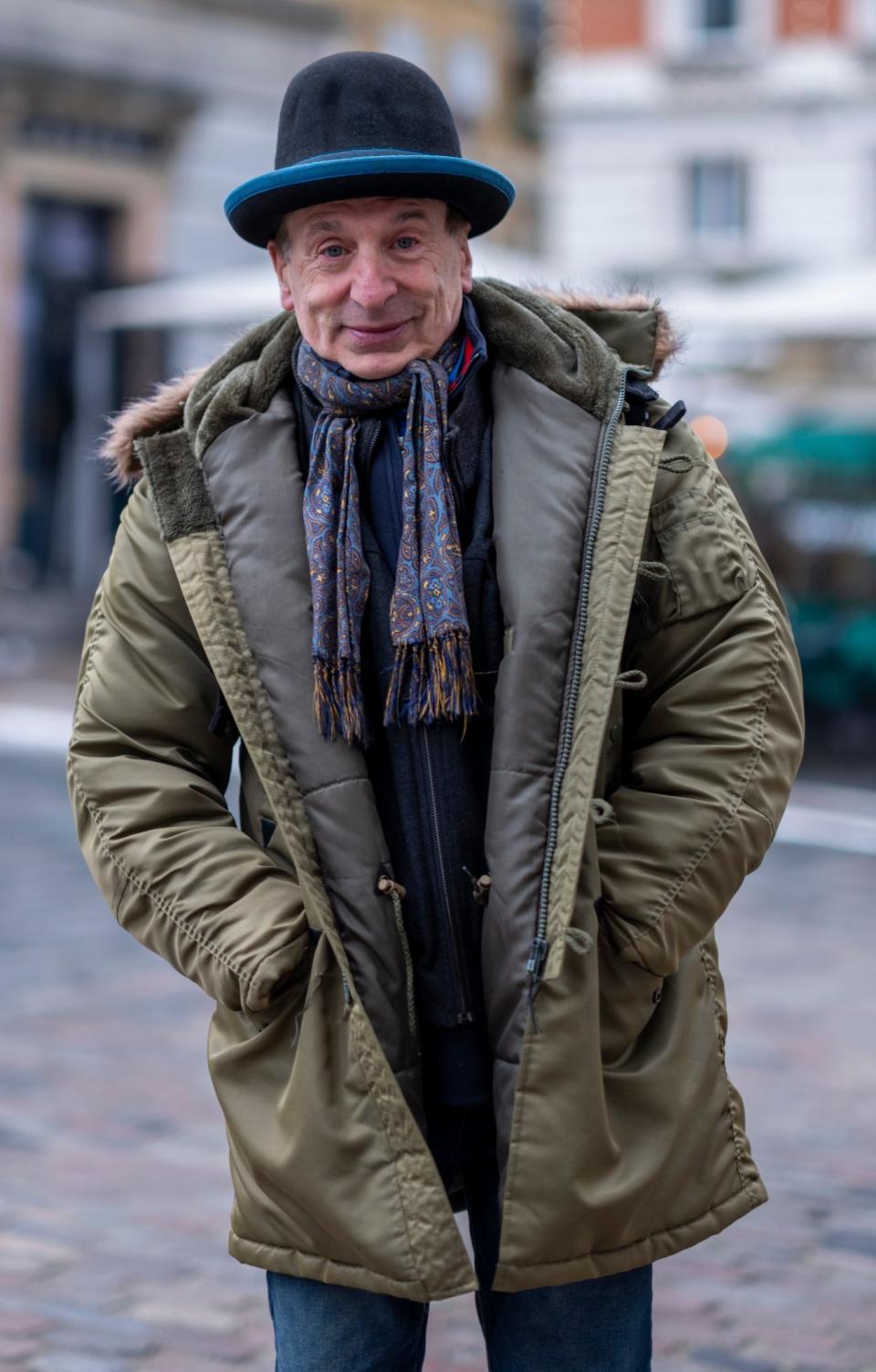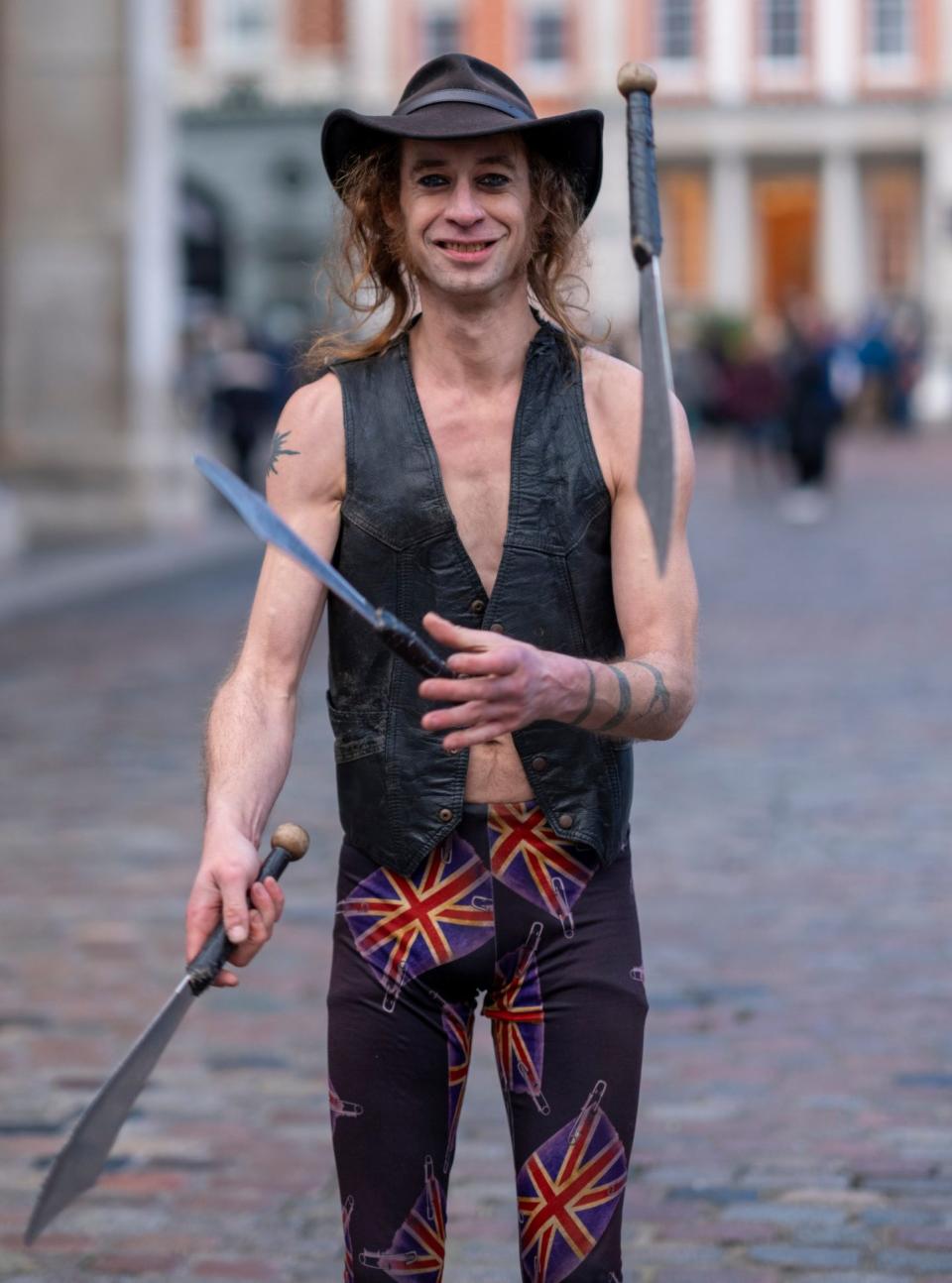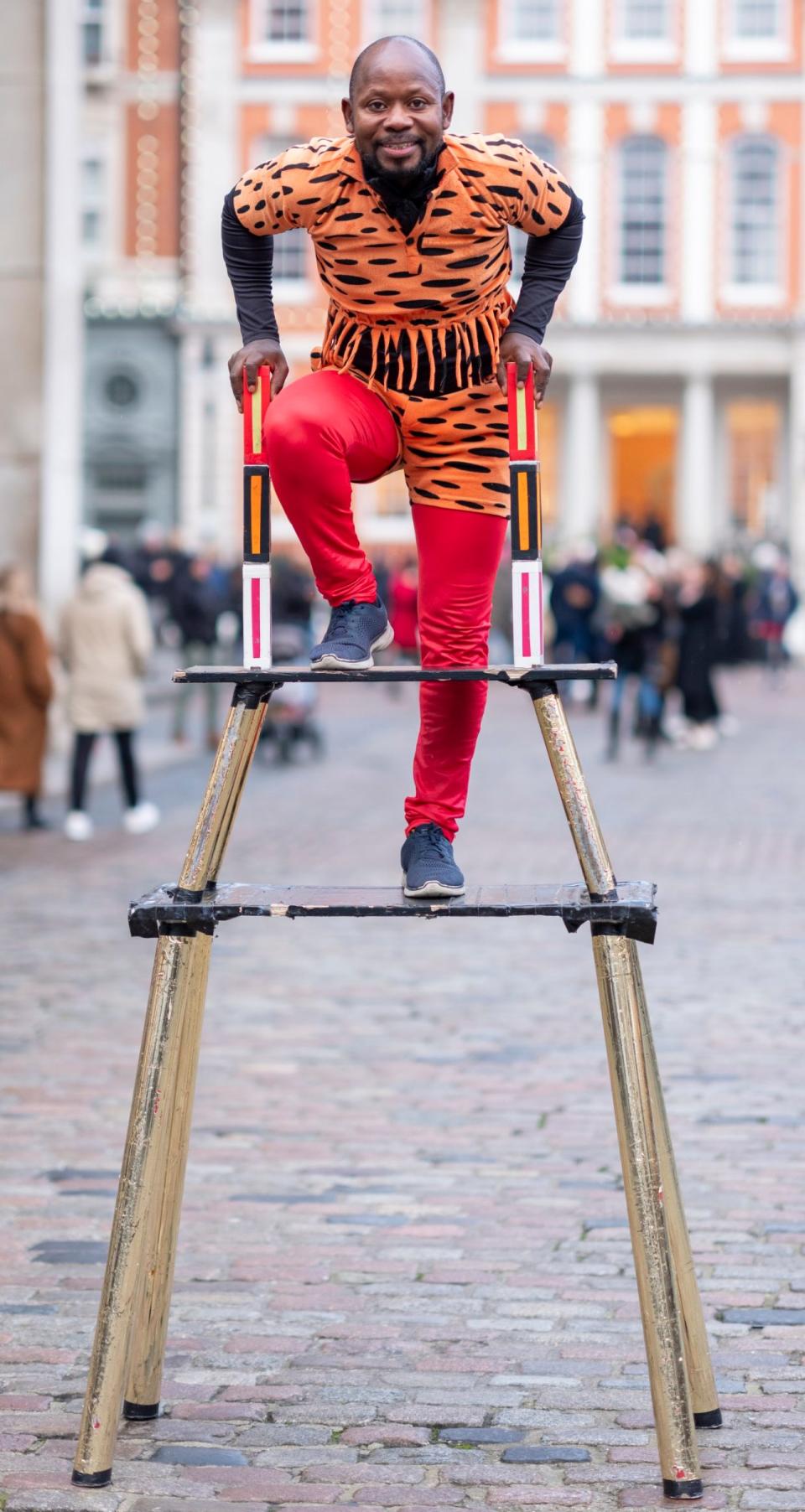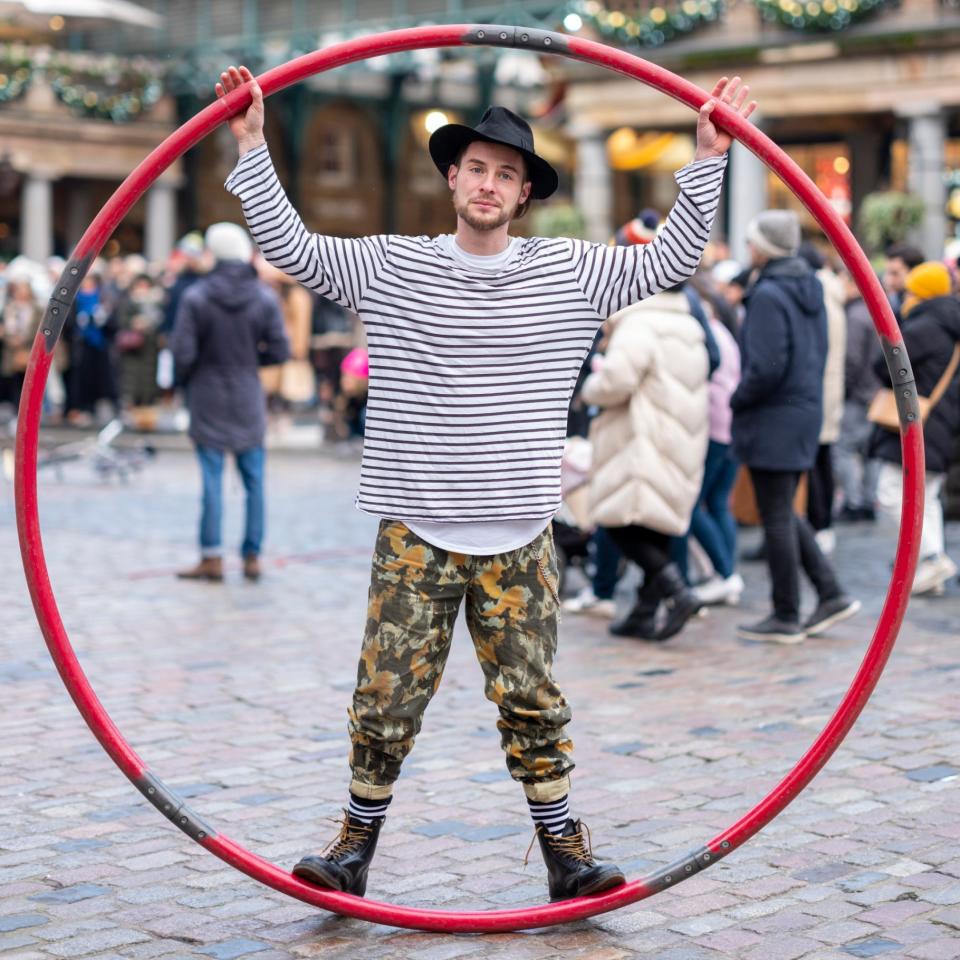Daredevil unicyclists, master illusionists, knife-eating acrobats: Covent Garden’s performers are an institution. They create a crazy, Vaudevillian microcosm, gobbled up by enthusiastic tourists. But today Westminster Council has launched a public consultation on the future of street performances in Covent Garden and Leicester Square.
Despite weathering a pandemic and adapting to a cashless world, it seems these clowns and magicians are now under threat. In April 2021, a licensing system was introduced to regulate performances across the municipality. The measure has been boycotted by the Covent Garden Street Performers Association, or CGSPA, in favor of self-regulation, as the group says the rules essentially make their work illegal. After a postponed council vote on Monday, which aimed to enforce the legislation, Westminster Council pulled back from the brink: a public consultation will now be launched, running from January 8 to March 18 next year.
The plan aims to regulate street traffic and street entertainment in 26 areas across London, ostensibly to “protect residents and businesses from excessive noise and overcrowding”. So far so reasonable. But artists believe the plan has the potential to limit their work entirely – and claim the actual number of noise complaints is minuscule.
The struggle for survival
They are characters like Melvyn Altwarg, a clown who studied in Paris with Philippe Gaulier, who is in charge. He first performed at Covent Garden in the 1980s and clearly loves the place. He tells how he used to gather a crowd by walking in front of groups with an unfolded map, getting in their way until enough attention was drawn to him. You can imagine the scene: the charming, roguish performer, an irresistible combination of real East End and theater impresario, essentially demanding that people look at him. That mischievous character remains, but he takes Covent Garden’s international reputation seriously.


“Wherever I’ve traveled – China, Singapore – wherever you go, people have heard of Covent Garden and its street performers,” he says over a steaming coffee as we take shelter from the winter weather in a cafe near the market . “People tell me, ‘We’re going to London: we’re going to the designer shops and we’re going to Covent Garden.’
The destination regularly tops the list of London’s most exciting attractions. Pete Kolofsky – a tall, pale, dark-haired performer whose act includes lying in a ‘sandwich’ of nails, thinks the spirit of the place lives or dies by it.


Kolofsky, according to Altwarg, is a “man of mystery” – with his deep-set eyes and all-black outfit, he is certainly arresting. He is also observant. “The stores may have changed – there are Apple Stores and luxury stores and the rest – but the real, old market remains. That is important for visitors.”
According to him, the relationship with the traders is not troubled. “They come and ask us for change! We help each other,” he emphasizes. “That’s not the problem at all.”
Thousands of complaints
It is the noise that the municipality seems to be particularly concerned about. In a summary of the plan published last June, Westminster City Council said it had received 5,070 complaints relating to buskers between April 2021 and May 2023 – well above the annual average of 2,200 – more than half of which related to noise disturbance.
In a statement, Cllr. Aicha Less notes that the council wants to “strike a balance between supporting artists and tackling the problems of excessive noise, overcrowding and inappropriate locations”.
“The council’s licensing committee met on December 4 to discuss options to amend the existing policy. A ban on street performers has never been proposed and never will be.”
It’s not enough for the artists. Kolofsky points out that only about five percent of complaints came from Covent Garden. He leans forward. “Our own Freedom of Information requests suggest this number may be even lower,” he adds, with the confidence of a private investigator. This seems grossly unfair to the artists – especially since the restrictions include no flames, knives or sharp objects, no generator-driven amplifiers or, more generally, no “nuisance”.
“We asked for details about which pitch in Covent Garden was the source of the complaints,” he said. “Kerry Simpkin, head of licensing at the council, specifically identified the Royal Opera field as the location of greatest local importance. But we know that can’t be true, as that location hasn’t existed as a playing field for almost five years. There are never any performances on that site.”
“Like losing an old family”
The group is very much a unified force. In appearance they look like a rag-tag, Dickensian group. It is deceptive and disarming when they talk about business and relay details of their decision-making processes and management structure. “We have already limited the use of fire because it is not worth it if something goes wrong. However, if all our props are banned, there will be no act left,” says Juma Kuba.
Artists like Kuba rely on equipment for their shows. His acrobatic act sees him in a skin-tight leotard, balancing on top of a pile of cans, himself balancing precariously on a ladder. It is striking and noisy: during a demonstration it quickly attracts a large audience. But in person he is gentle.


He used to work in the circus in Blackpool, he says. “When I went out into the street, I thought: oh, this is life. This is where I belong.” His voice is almost a whisper. “Losing Covent Garden would be like losing an old family photo. Once it’s gone, you can’t get it back.”
It is certainly unique. In 1662, Samuel Pepys’ diary recorded impromptu street performances in Covent Garden. It was not until the 1970s that Covent Garden’s reputation as an entertainment venue was strengthened when arts events emerged in light of the Greater London Council’s (GLC) redevelopment plans. on the site and eventually become the ‘pitches’ that clowns and magicians are now working on.
The artists are clearly impressed by the place. Chris Thomas – cigarette between fingers, espresso in hand – says he didn’t know if he was good enough. His act involves spinning in a “Cyr wheel”, spinning himself across the sidewalk. He is now the epitome of confidence, but admits he “just fell into it”.
“Covent Garden is the best of the best though, and I didn’t know if I could do it,” he says, looking around the table at his comrades. It is now his favorite place to work.


Altwarg feels the same. “When I lived in Paris, I had no money at all and I walked the streets as a clown to save up. Once I had money, the first thing I did was run to the pastry shop and buy a large cream cake. At that time I couldn’t imagine that I would be able to work here in the middle of the world.”
Continued public curiosity
All four say it is addictive – and that it is important that the audience feels that. “A lot of people who would never have been to a theater don’t feel like it’s something they’re interested in,” says Altwarg. ‘But there is a lot of curiosity: they want to see what this man does with a bed of nails. They enjoy something they never thought they would enjoy.”
Kuba agrees, saying their shows are, by definition, extremely accessible. They ask the audience to give money at the end of their performance, but say there is no pressure on those who cannot pay. “After the pandemic, people brought camping chairs to visit us,” he says, delighted with the effort.
Their love of performing – and performing at Covent Garden in particular – means that the council’s behavior is being interpreted as a personal affront. “It’s deception,” Altwarg says in the language of their actions. “It is!” says Kolofsky. He says the licensing system in Leicester Square has caused noise levels there to rise.
“Artists there think they are playing at Wembley Stadium. The municipality could do something about it, but they don’t.” It is this that makes the CGSPA feel like they are being targeted – something the council denies.
Kuba says they don’t want to emulate Leicester Square. An ideal outcome would be one that allows the CGSPA to continue its system of self-sufficiency. “We organize a benefit when an artist has a problem and cannot work; we encourage acts from abroad to come over and we learn from each other. With the permit system that wouldn’t be possible – we already say that everyone should be insured, but groups from abroad won’t bother applying for a permit if they are only here for a month.”
Kolofsky’s view is more bleak. “If Westminster Council were successful the result would be the death of street theater in Covent Garden. If that happens, we should look at initiating legal proceedings and continuing our fight through the legal system.”
If not noise complaints, what does the CGSPA say is the real problem? Kolofsky has his suspicions. “It’s all politics,” he says enigmatically, before heading out into the snow. He dresses and defiantly bares his chest and his knives on the snow-covered cobblestones.
Altwarg watches. “You know, municipalities are always busy with placemaking,” he says. “You can’t do ‘placemaking’ from the top down. It’s the grassroots people, it’s the artists who set the mood… this is the real deal.”